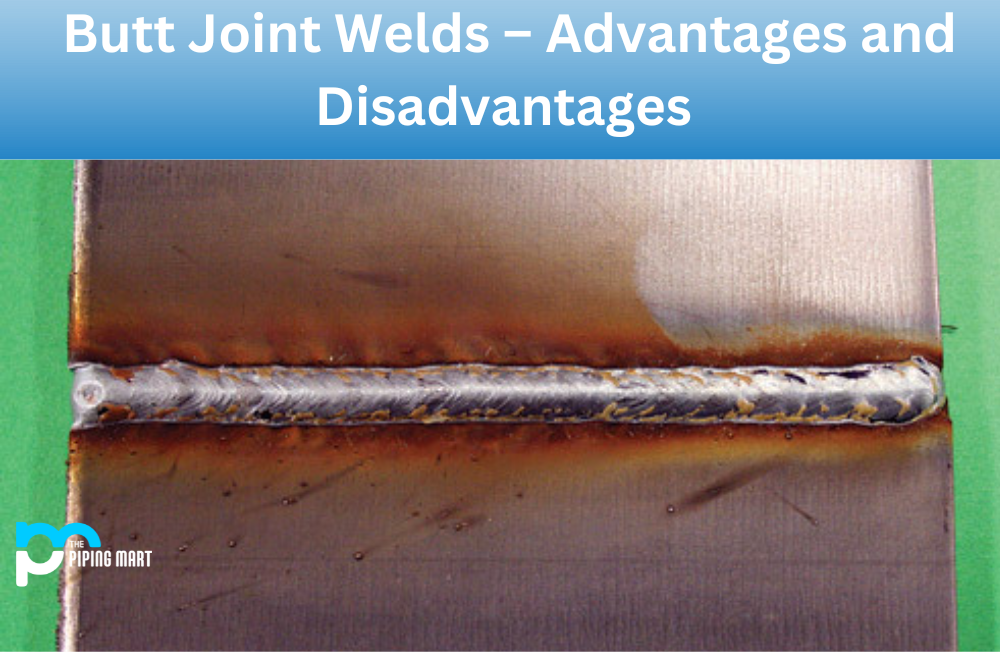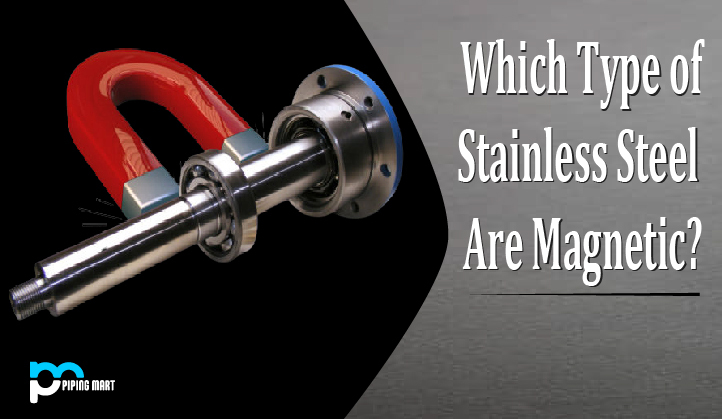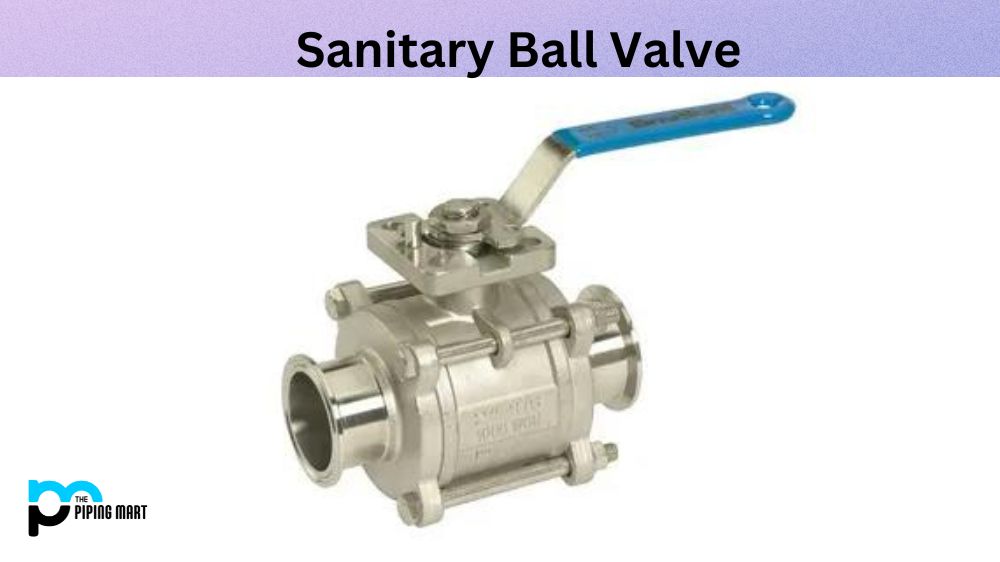A butt joint weld is one of the most commonly used welding techniques, and it’s a great way to join two pieces of metal together. But like any welding method, it has pros and cons. Let’s take a closer look at the advantages and disadvantages of butt joint welds so you can decide if it’s the right choice for your project.
Advantages of Butt Joint Welding
The biggest advantage of butt joint welding is that it’s incredibly strong. The joint is incredibly secure because both pieces of metal are joined together in a single welded seam. This makes the joint much stronger than other welding joints, such as lap joints or fillet welds.
Another advantage of butt joint welding is that it’s relatively simple. All you need is a welder, some filler material, and two flat plates that need to be connected. Since there aren’t any complex angles or edges involved in this type of weld, even novice welders should easily complete a successful butt joint weld.
- Butt joint welding is a type of welding that joins two pieces of metal together by fusing them at their edges.
- Butt joint welding is a versatile technique used on various metals, including steel, aluminium, and stainless steel.
- Butt joint welding is a relatively simple technique that both novice and experienced welders can perform.
- Butt joint welding is a strong technique that produces joints that are as strong as or stronger than the base metal.
- Butt joint welding is a fast technique that can save time and money compared to other welding techniques.
Disadvantages of Butt Joint Welding
The biggest disadvantage of using a butt joint weld is that it’s not suitable for all types of metals. It only works with flat plates or surfaces, so curved pieces will only work well with this technique. Additionally, if the two pieces being joined have different thicknesses, the thicker part will dominate the strength of the entire bond since its surface area is larger than that of the thinner piece. This means that extra care needs to be taken when selecting materials for this type of weld to be compatible in terms of strength and thickness.
Lastly, if done incorrectly, a butt joint weld can lead to warping or cracking due to uneven temperatures during the welding process or poor cooling after completion. To avoid these potential issues, ensure you’re familiar with all safety protocols before attempting this type of welding.
Limited Strength
Butt joint welding is a type of welding that has several disadvantages, one of which is its limited strength. This type of welding is less strong than other types, such as T-joint or lap-joint welding. This means that it is not suitable for use in applications with high levels of strength.
Limited Versatility
Another disadvantage of butt joint welding is its limited versatility. This type of welding can only join two pieces of metal flush with each other. It cannot be used to join pieces of metal that are not flush, such as those with bevelled edges.
Difficult to Perform
Butt joint welding can also be quite difficult, especially for beginners. This is because the welder must ensure that the two pieces of metal being joined are perfectly flush with each other before starting the weld. If the pieces are not flush, the weld will not hold and may even cause the two pieces of metal to break apart.
Time-Consuming
Butt joint welding can also be quite time-consuming, especially if the welder is inexperienced. This is because the welder must ensure that the two pieces of metal being joined are perfectly flush with each other before starting the weld. If the pieces are not flush, the weld will not hold and may even cause the two pieces of metal to break apart.
Requires Specialized Equipment
Butt joint welding also requires specialized equipment that may not be available to everyone. This includes a welder designed explicitly for butt joint welding and a jig or fixture to hold the two pieces of metal in place while being welded.
Conclusion:
In conclusion, while there are some drawbacks associated with butt joint welding—namely, its limited applicability—it remains one of the most popular methods for joining two pieces together due to its simplicity and overall strength when done correctly. With an understanding of proper safety protocols and materials selection techniques, you’ll be well on your way to creating reliable butt joint welds for your projects!

Abhishek is a seasoned blogger and industry expert, sharing his insights and knowledge on various topics. With his research, Abhishek offers valuable insights and tips for professionals and enthusiasts. Follow him for expert advice on the latest trends and developments in the metal industry.




